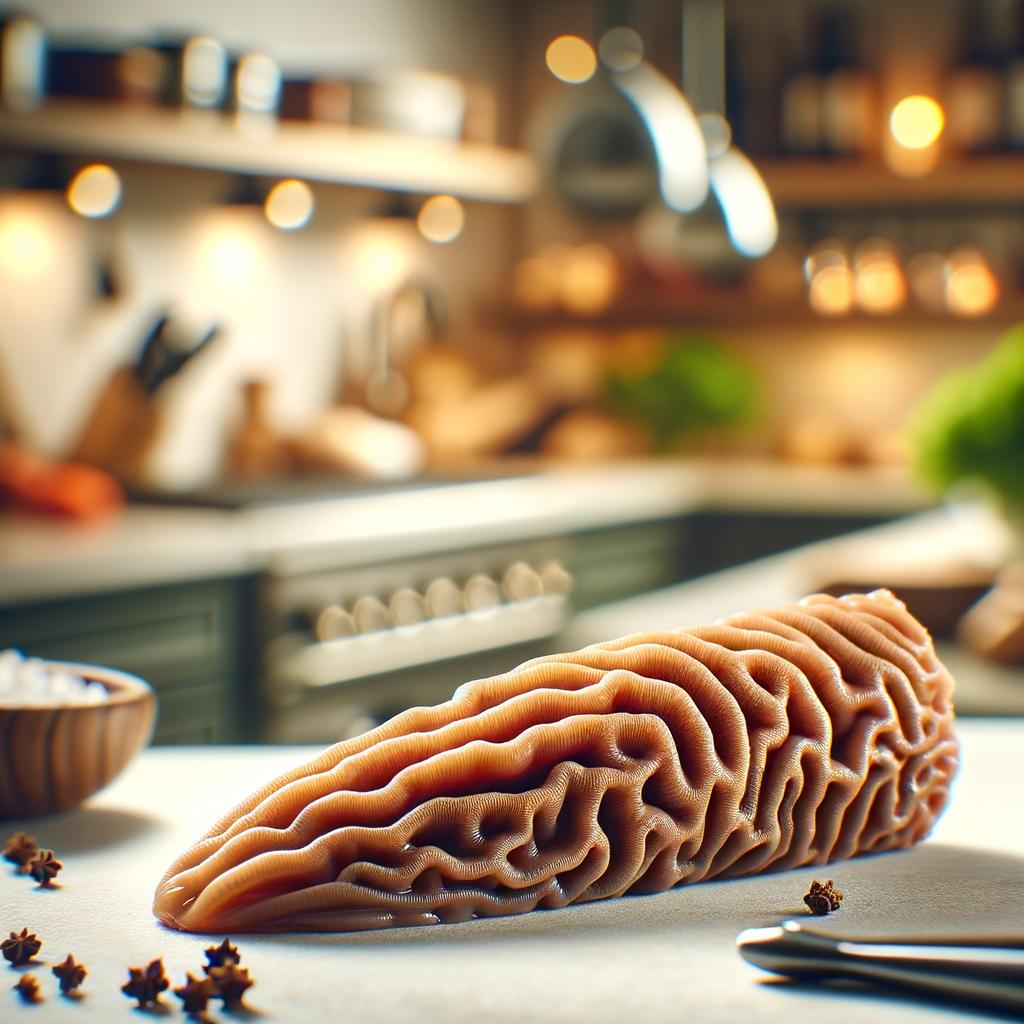Tripe

Description Tripe, a culinary term that describes the edible lining from the stomachs of various farm animals, is a unique ingredient that often garners strong reactions. Most commonly harvested from cows, it is a pale, off-white color with a soft, spongy texture that can be both chewy and tender depending on how it's prepared. Its flavor profile is mild and somewhat bland, but it readily absorbs the flavors of the ingredients it's cooked with, making it a versatile addition to many dishes. One of its distinguishing characteristics is its unique texture, which is unlike any other meat, and its ability to transform simple ingredients into rich, hearty dishes.
Primary Uses Tripe is a staple in many global cuisines, from Europe to Asia and Africa. In French cuisine, it's the star of the traditional dish known as 'Tripes à la mode de Caen', while in Italy, it's used in the Florentine specialty 'Trippa alla Fiorentina'. In Asian cuisine, particularly in countries like Korea and Vietnam, it's a key component in popular soups and stews. Beyond its culinary uses, tripe has also been used in traditional medicine, particularly in China where it's believed to have various health benefits, including aiding digestion and boosting the immune system.
History Tripe has a rich and intriguing history that dates back centuries. It was a popular ingredient in medieval Europe, particularly among the poor, as it was a cheap and plentiful source of protein. Over time, however, it gained popularity among the upper classes and became a delicacy in its own right. In the 19th century, tripe shops were a common sight in England, reflecting its widespread consumption. Despite its humble origins, tripe has managed to transcend social classes and culinary traditions, finding its place in the heart of many global cuisines. There are even festivals, like the 'Festival della Pajata' in Rome, that celebrate this unique ingredient.
Nutritional Information Tripe is a lean meat, low in fat and high in protein. It's also a good source of selenium and vitamin B12, both of which are essential for maintaining a healthy nervous system. Additionally, it provides a significant amount of zinc, a mineral important for immune function and wound healing. Compared to other offal, tripe has a lower cholesterol content, making it a healthier choice for those monitoring their heart health. However, like all meats, it should be consumed in moderation as part of a balanced diet. Its nutritional profile, combined with its rich history and versatile culinary uses, make tripe a truly remarkable ingredient.

